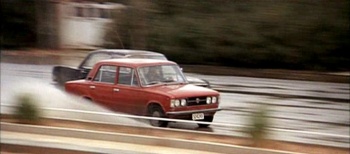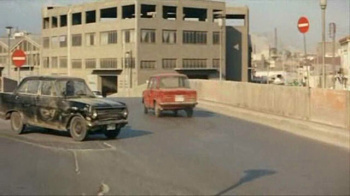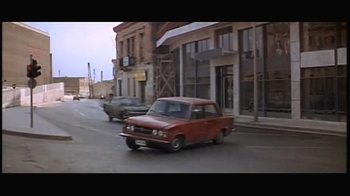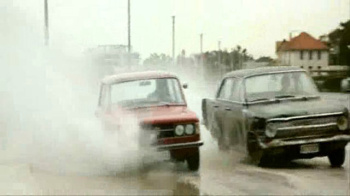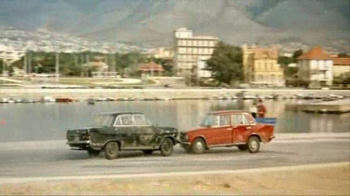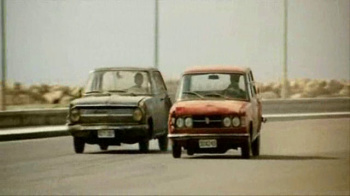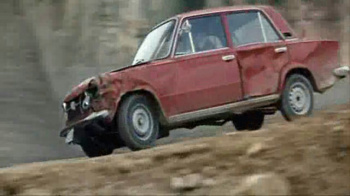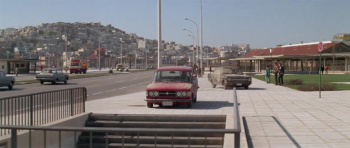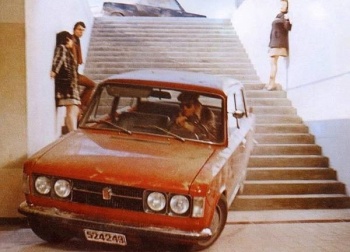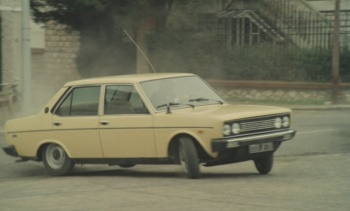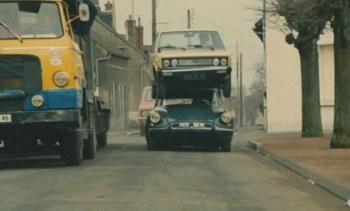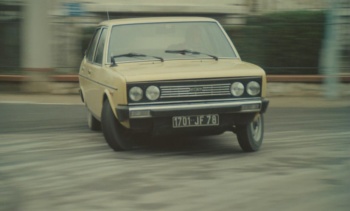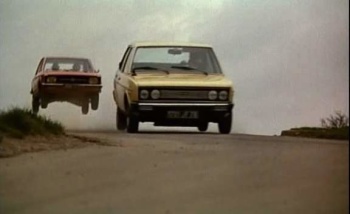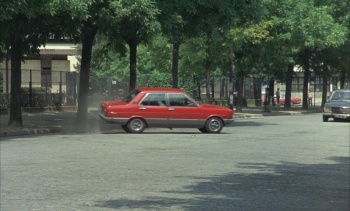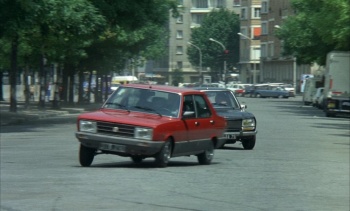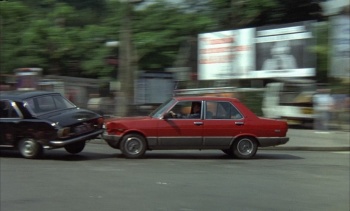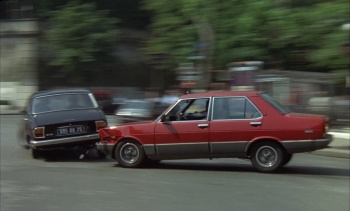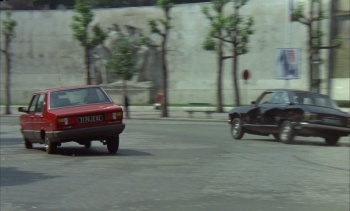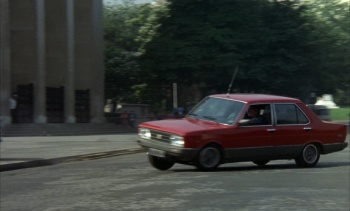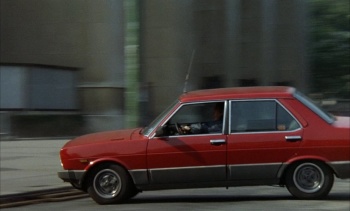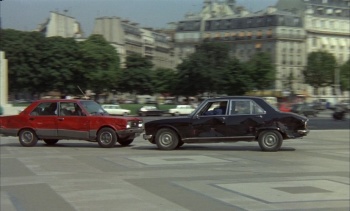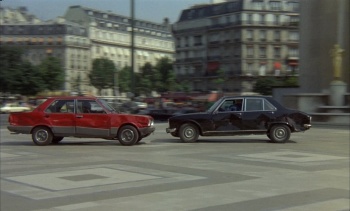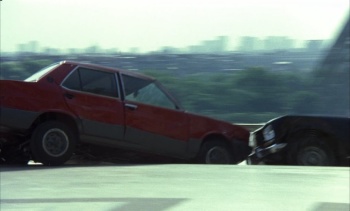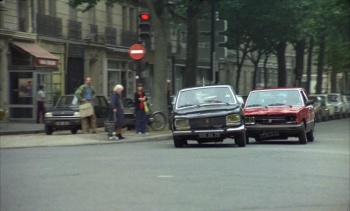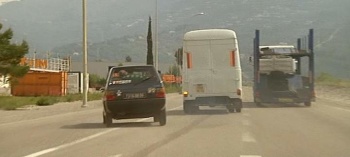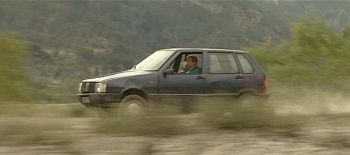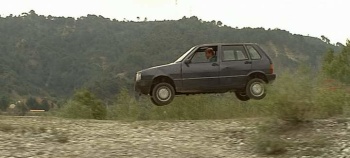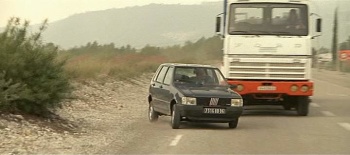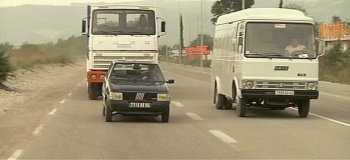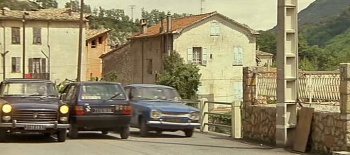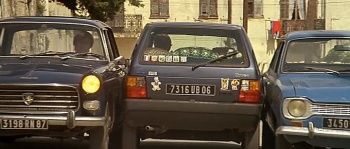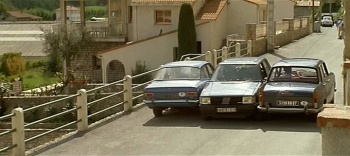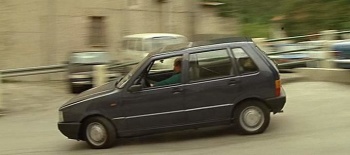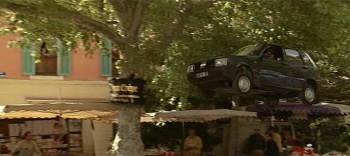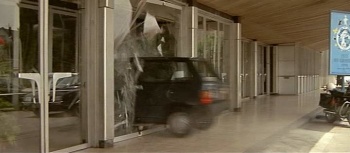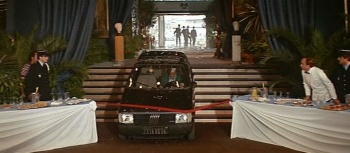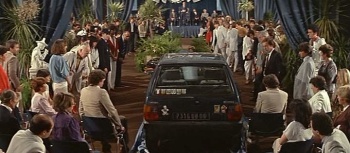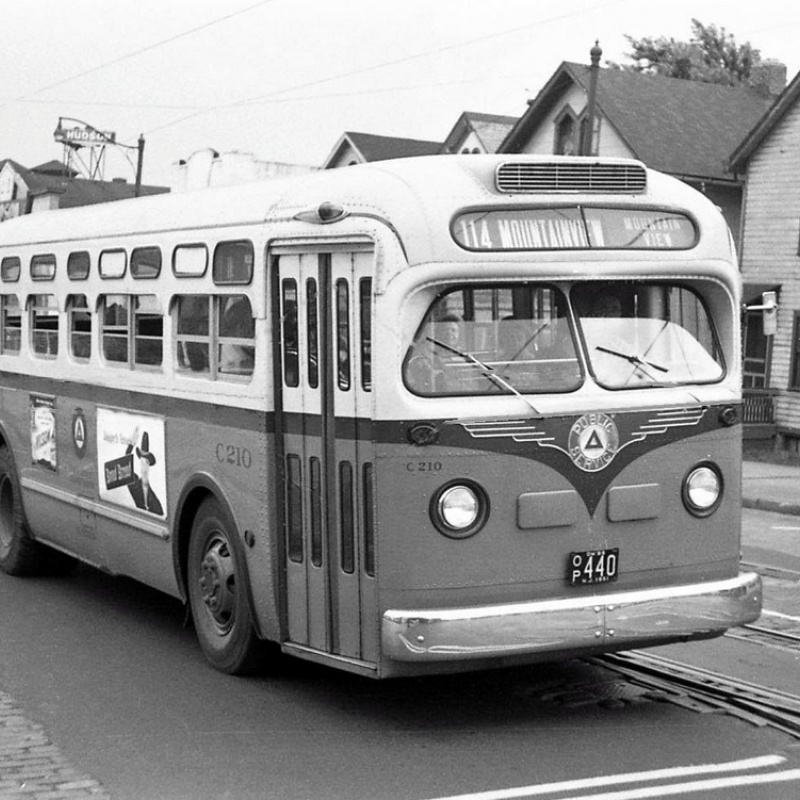The comparison between the Olivetti typewriter "La Rapidissima" and a train is less absurd than it may seem, if you consider how trains were classified in Italy.
Until a few years ago, passenger trains were divided into four categories: according to speed and time required to move from one city to another.
The categories were the following (from slowest to fastest)
1 il treno locale - (the local train)
2 il treno diretto - ( the direct train)
3 il treno espresso - (the express train)
4 il treno rapido - (the fast train)
The "treno rapido" (in common language simply called "rapido") was the fast train that connected the main Italian cities without stopping in intermediate stations (or making a maximum of one stop).
For example: from North to South the railway line: Milan - Rome or Milan - Florence - Rome or Rome - Naples
and from East to West the railway line Venice - Milan - Turin.
Therefore it was the fastest way to reach the destination.
In the twenties of the last century the "treno rapido" represented for Italians the prototype of the fastest means of transport.
Cars were still few, moreover their speed was limited by the fact that most of the suburban roads were not paved. Air transport was in its infancy and very few people had seen an airplane fly.
Even those who had never traveled by train and experienced the thrill of speed had certainly seen a train speeding through the countryside. The train's passage was even more striking when one took into account the impressive plume of smoke it emitted.
In the Italian language the adjective rapido/rapida and rapidi/rapide (in Italian adjectives, like nouns, are of masculine or feminine gender and of singular or plural number) means fast. Each adjective also has an absolute superlative: rapidissimo/rapidissima means faster than anything else.
The Olivetti typewriter was given the name (Italian grammar would define it as a noun adjective) "La Rapidissima". A term that indicates something that exceeds the concept of rapidity. And, one hundred years ago, a train was the only way to visualize the abstract concept of rapidity or speed.
Therefore, in my opinion, in 1923 the advertisers used the most visually effective comparison to represent the main feature of the Olivetti typewriter. "La Rapidissima" was faster than all other typewriters. In other words the fastest.
